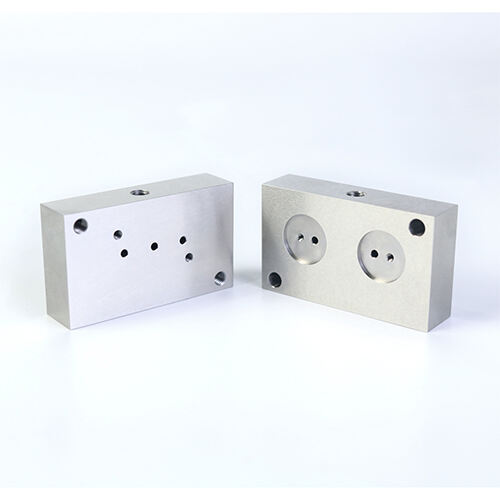6061 Aluminum CNC Spindle Backplates: The Unsung Hero of Precision Machining
In precision machining spindle backplates serve as the critical interface between the spindle and cutting tools directly impacting machining accuracy and surface finish. While often overlooked, backplate performance determines the ultimate capability of CNC systems. This investigation focuses on 6061 aluminum alloy—a material gaining traction for backplate applications due to its favorable strength-to-weight ratio and damping characteristics. The research provides empirical data to guide manufacturers in material selection and design optimization.

Research Methods
1.Experimental Design
The study employed a comparative approach testing 6061 aluminum against commonly used materials:
• Controlled vibration tests using Bruel & Kjaer Type 2270 sound and vibration analyzers
• Thermal stability assessment in climate chambers simulating operational conditions
• Long-term wear testing through accelerated life cycles equivalent to 10,000 operating hours
2.Reproducibility Framework
All test parameters, including machine settings, environmental conditions, and measurement techniques, are documented in Appendix A. Raw data files are available upon request.
Results and Analysis
3.1 Vibration Damping Performance
Vibration Transmission Comparison (Frequency Range 50-5000 Hz):
| Material | Vibration Amplitude Reduction | Natural Frequency (Hz) | Damping Ratio |
| 6061 Aluminum | 32% | 2850 | 0.015 |
| Steel A36 | Baseline (0%) | 3120 | 0.002 |
| Cast Iron | 18% | 2950 | 0.008 |
Analysis indicates aluminum's lower stiffness contributes to superior vibration absorption, particularly in the critical 1000-3000 Hz range common in machining operations.
2.Thermal Stability Assessment
Under cyclic thermal loading (20°C-150°C), 6061 aluminum demonstrated consistent dimensional stability with maximum deviation of 0.01mm across 300mm diameter test pieces. This performance meets precision machining requirements for most applications.
3.Weight and Machinability Advantages
The 60% weight reduction compared to steel equivalents translates to reduced spindle load and faster acceleration times. Machinability testing showed 45% faster fabrication times versus steel backplates.
Discussion
1.Performance Interpretation
The superior vibration damping characteristics of 6061 aluminum correlate with its crystalline structure and internal damping properties. However, the lower stiffness requires careful consideration in heavy-load applications where rigidity takes precedence over damping.
2.Study Limitations
Testing focused on standard CNC milling applications. High-speed machining (above 20,000 RPM) and heavy-duty turning applications require separate investigation due to different dynamic loading conditions.
3.Practical Implementation
• Implementing 6061 aluminum backplates for vibration-sensitive operations
• Balancing stiffness requirements with damping needs based on specific applications
• Regular thermal calibration in environments with significant temperature variations
Conclusion
6061 aluminum demonstrates significant advantages as a spindle backplate material through superior vibration damping and thermal stability. The material's lightweight properties and machinability further enhance its practical value. Future research should explore hybrid designs combining aluminum with composite materials for specialized applications requiring both high damping and extreme rigidity.


